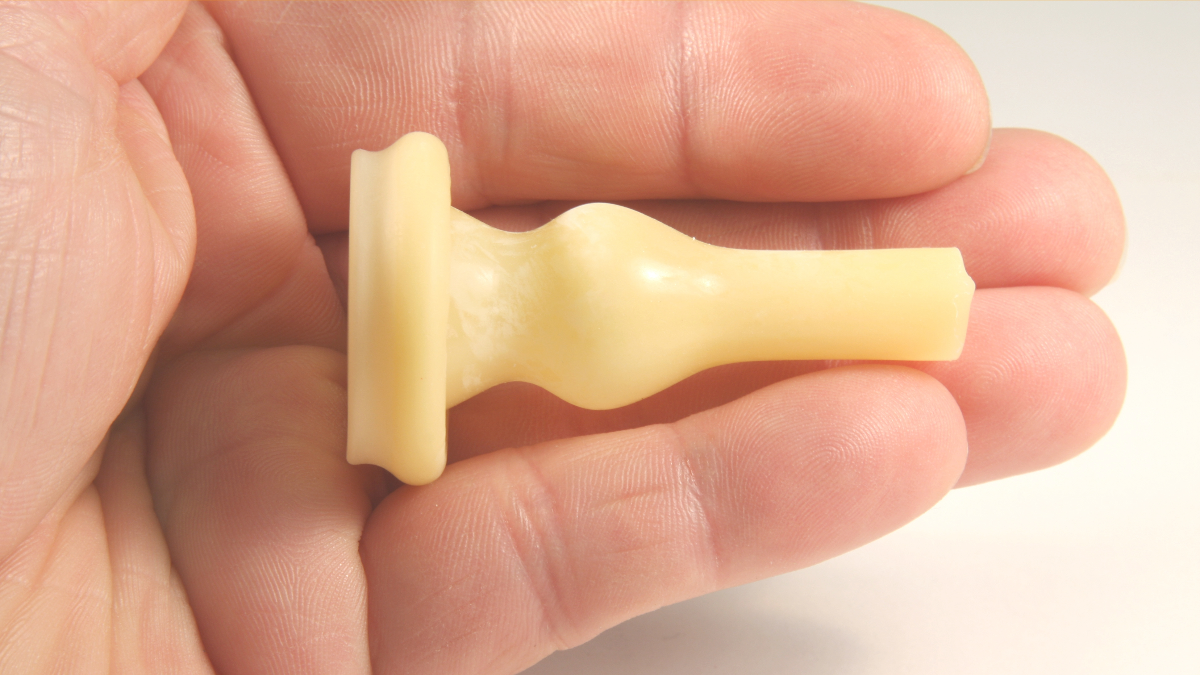external catheter for men
Hidden Penis and Condom Catheters: Why They Aren’t Always a Compatible Solution
Condom catheters are commonly used medical devices for managing urinary incontinence in men. However, there are situations where they might not be suitable, and one such circumstance is when dealing with a hidden penis. In this article, we will discuss the challenges of using condom catheters on individuals with a hidden/buried penis diagnosis and why…
Read More6 Tips for Traveling with Men’s Urinary Incontinence
Whether you are taking a much-needed vacation or attending a family wedding out of town, traveling is usually necessary. No matter how you get there—car, bus, plane, or train—trips don’t always go as planned with delays, cancellations, and schedule changes. If you are among the 200 million people worldwide who deal with urinary incontinence (UI),…
Read More6 Advantages To Using An External Catheter For Men
There are a variety of products on the market today with the design that helps manage urinary incontinence in men. Some are, however, more effective than others. Adult diapers and pads are not bad for occasional use, or if you suffer from temporary incontinence and the leakage is little. But if your bladder is leaking…
Read More4 Questions When Selecting A Catheter For Men
It is natural to have questions about a catheter for men when you are new to using urinary catheters. Many men across the world use a variety of catheters – condom, external, indwelling – every day to drain their bladder. To help you better understand the various aspects of catheter for men, we are answering…
Read MoreReasons Why Male Catheter Is A Great Alternative To Diapers
Researchers estimate that about 3.4 million men in the United States suffer from urinary incontinence due to various reasons, including enlarged prostate, diabetes, spinal cord injuries, stroke, and obesity. Be it due to an accident, some disease, or old age, if you are suffering from male urinary incontinence, you have probably considered using various incontinent…
Read MoreMedicare & Insurance Information For Men’s Liberty Urinary Catheter
Without health insurance, medical supplies such as self-catheterization devices can be expensive. If your doctor has recommended self-catheterization, you may be concerned about how you are going to afford it. Medicare, Workers’ Comp, and most other health insurance companies cover Men’s Liberty urinary catheter. To learn more, we have compiled the top questions patients have…
Read More8 Things That Separate Men’s Liberty Catheter From The Rest
The concept of self-catheterization can be intimidating especially to a new catheter user. If you are experiencing urinary incontinence – whether due to an injury, a neurological condition, an enlarged prostate, diabetes, or something else – Men’s Liberty catheter was designed with your comfort in mind. Our patented external urinary collection device keeps you dry…
Read MoreEverything You Need to Know About The Men’s Liberty Product Line
Are you new to the world of self-catheterization? Regardless if it’s due to a spinal cord injury, neurological condition, or a surgery, if you’re experiencing urinary incontinence, Men’s Liberty product line is here for you. We understand how unnerving and uncomfortable it can feel for some men to start self-catheterization for the first time. But…
Read MoreMale UI Product: Overcoming The Learning Curves That Come With a Catheter
Sometimes, one can develop urinary incontinence due to any number of issues including injury, certain medications, or old age. When that happens, using a male UI product like a catheter is often the best solution. While catheters can be inconvenient and uncomfortable at first, they can make you feel very liberating once you get used…
Read MoreMen’s Liberty: How to Deal With CAUTIs
Catheter associated urinary tract infections (CAUTIs) affect hundreds of thousands of men every year. It is the most common type of urinary tract infection you can acquire in a hospital setting. Data shows that the US healthcare system spends over $340 million every year towards the treatment and management of CAUTIs. Thankfully, CAUTIs – like…
Read More









